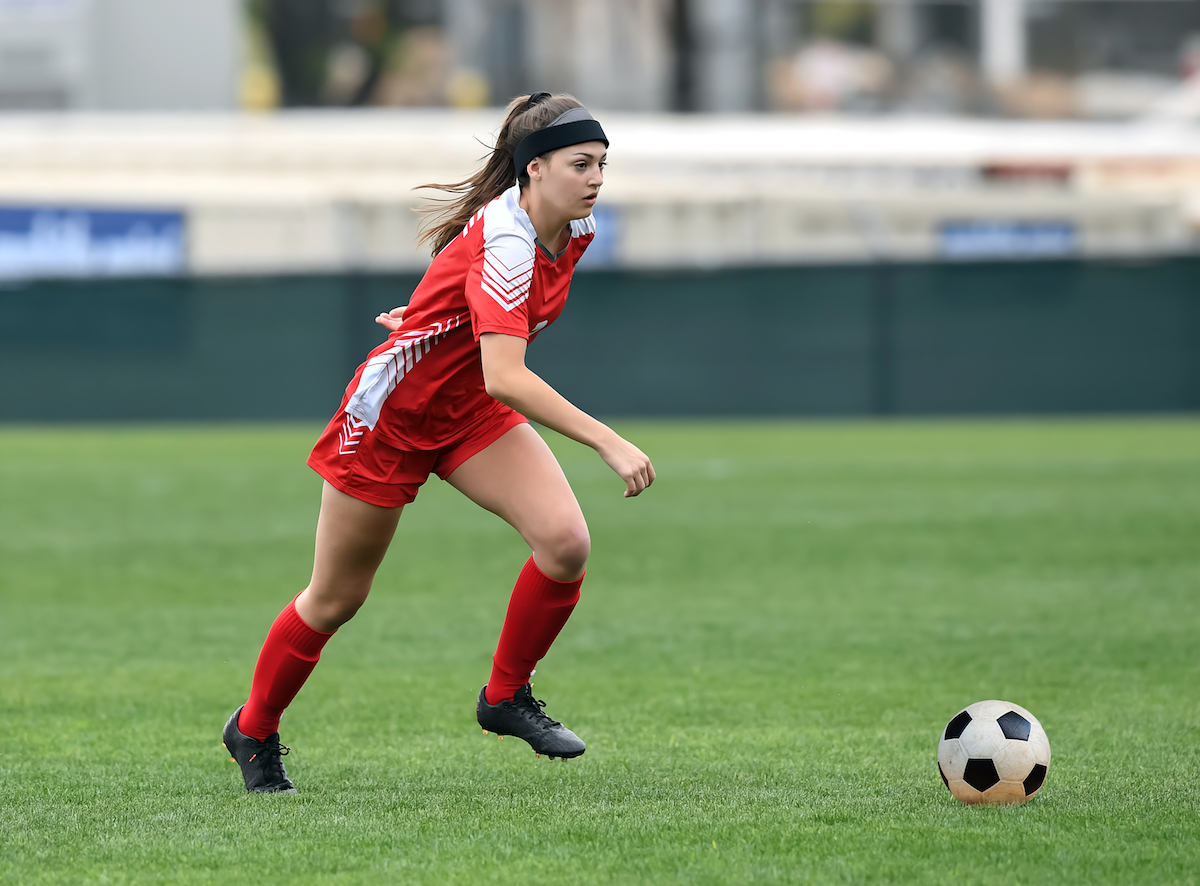
As more young people get involved in sports, more end up in the emergency room with a sports-related injury. Here’s how to help your kids stay safe when they’re active.
Kids and teens derive huge benefits from participating in organized sports. They learn teamwork, cooperation, discipline and confidence, and they get much-needed physical activity, which improves their overall health.
Although the benefits outweigh the risks, sports do carry the possibility of injury. According to the Centers for Disease Control and Prevention, more than 2.6 million people under the age of 19 go to the emergency room each year because of a sports and recreation injury.
“Among young athletes, we see every type of sports injury, from ankle sprains to shoulder dislocations to concussions,” says Alexander Weber, MD, an orthopedic surgeon at Keck Medicine of USC and assistant professor of clinical orthopedic surgery at the Keck School of Medicine of USC.
Young people are prone to injury because their bones, muscles, tendons and ligaments are still growing. Growth plates (cartilage areas that develop at the end of long bones) are particularly vulnerable. An injury to a young person could impact their future bone growth.
But, the good news is that most sports injuries can be prevented with proper safety measures. Read on to learn about some common injuries and how to avoid them.
Overuse injuries
Sports injuries can be singular and traumatic, such as a collision that leads to a shoulder dislocation. This type of injury is called acute. Overuse injuries, on the other hand, occur gradually, so they’re harder to pinpoint. These injuries can range from swimmer’s shoulder, runner’s knee and tennis elbow to Achilles tendonitis and shin splints.
“We think that early sports specialization is a real issue leading to increased overuse injury rates,” Weber says.
Repeating the same physical motions over and over can lead to these conditions, especially when the proper technique hasn’t yet been mastered.
“Signs of soreness or fatigue are common with overuse, and they signal that it’s time to stop and rest,” Weber says. “Overall soreness and fatigue are easy indicators that muscles and joints are fatigued, as well.”
Weber advises treating an overuse injury with short periods of rest, which often enable athletes to resume activities, with certain modifications.
Knee pain
Because young athletes are still growing, their bodies are susceptible to several specific types of knee pain caused by an acute injury, overuse or both. Patellofemoral pain syndrome causes discomfort behind the kneecap due to friction on the cartilage and occurs in sports that involve running, jumping or squatting. Osgood-Schlatter’s disease, another common knee condition in young players, results from an irritation of a growth plate at the knee; its main symptom is pain in the tibial tubercle, or “bump,” below the knee.
“Patellar tendinitis (knee pain) is commonly associated with overtraining syndrome,” Weber says. “Overtraining syndrome occurs when a player trains beyond the body’s ability to recover. Such overuse injuries are under-recognized.”
RICE, or rest, ice, compression and elevation, is the go-to treatment for most knee injuries, but if the pain continues, it’s best to see a doctor. Knee braces and kneepads may help to treat (or prevent) some of these injuries; proper technique, warm-up, conditioning and cross-training can also help reduce the risk.
ACL injuries
Cutting maneuvers, awkward landings and pivoting are among the actions that can lead to tearing of the anterior cruciate ligament (ACL), which stabilizes the knee. This often makes a “popping” sound and may lead to swelling. It’s particularly common in teen athletes, with girls especially at risk — while their body size may increase, they don’t develop as much muscle strength to support the joints.
Weber notes that among college athletes, female soccer players have the third-highest ACL injury rate and are 4 to 8 times more likely to experience an ACL tear than male players. “Most specialists agree,” he explains, “that the higher rate in women can be attributed to both knee mechanics and changes that occur during puberty, including strength and hormones.”
ACL injuries often require surgery in order to continue playing, and recovery can take time. The American Academy of Pediatrics recommends that coaches use neuromuscular training to teach teach athletes better body habits and help to reduce the risk in young athletes with ; this includes jump training (plyometrics), strength training and balance, which have been shown to reduce the risk of ACL injury.
Topics
